Tomatoes are one of the most rewarding plants you can grow in your garden. Whether you love them in salads, sandwiches, or sauces, there’s nothing quite like the taste of a freshly picked, sun-ripened tomato from your own backyard. But as your tomato plants grow taller and start producing heavy clusters of fruit, they need a little extra support to stay upright and healthy. That’s where staking tomato plants comes in!
Staking not only helps prevent plants from toppling over but also improves air circulation, reduces disease risks, and makes harvesting easier. In this detailed guide, we’ll walk you through everything you need to know about how to stake tomato plants so you can enjoy an abundant harvest of juicy, flavorful fruits.
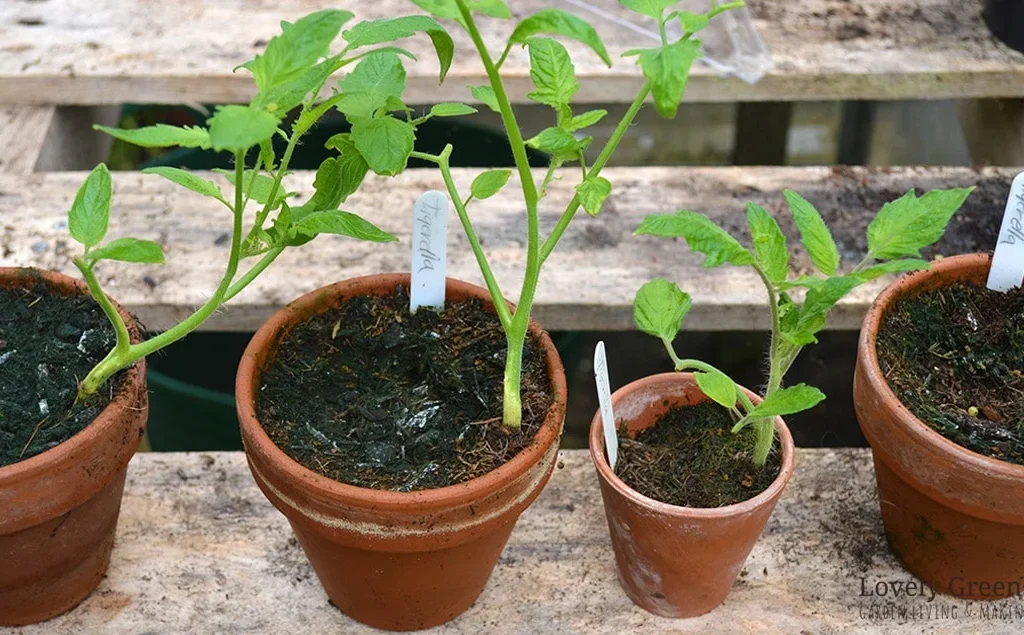
Why Do Tomato Plants Need Staking?
Tomato plants, especially indeterminate varieties, can grow tall and sprawling. Without proper support, their stems can bend, snap, or collapse under the weight of ripening fruits. Here’s why staking is so beneficial:
- Prevents diseases by keeping leaves and fruit off the damp soil.
- Improves air circulation to reduce fungal issues like blight.
- Makes harvesting easier as fruits hang neatly on upright vines.
- Encourages better sun exposure for ripening.
- Keeps plants tidy and organized in the garden.
Even bushier, determinate types benefit from light staking to keep them from flopping over.
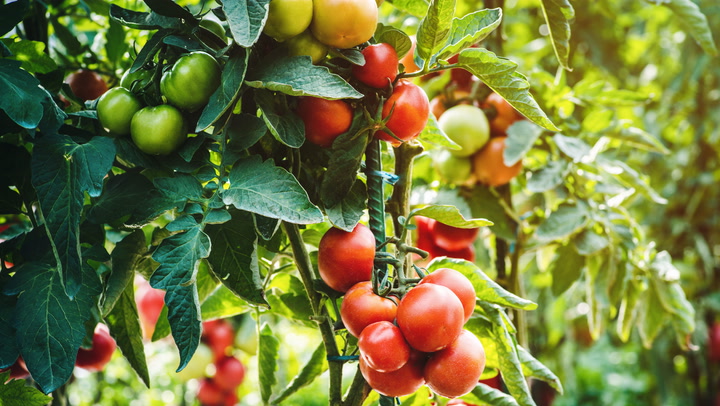
When to Stake Tomato Plants
It’s best to stake your tomato plants at the time of planting or shortly afterward. Installing stakes early avoids disturbing the roots later and ensures young plants start growing upright from the start.
If your plants are already growing, no worries — you can still stake them carefully by working around the root zone.
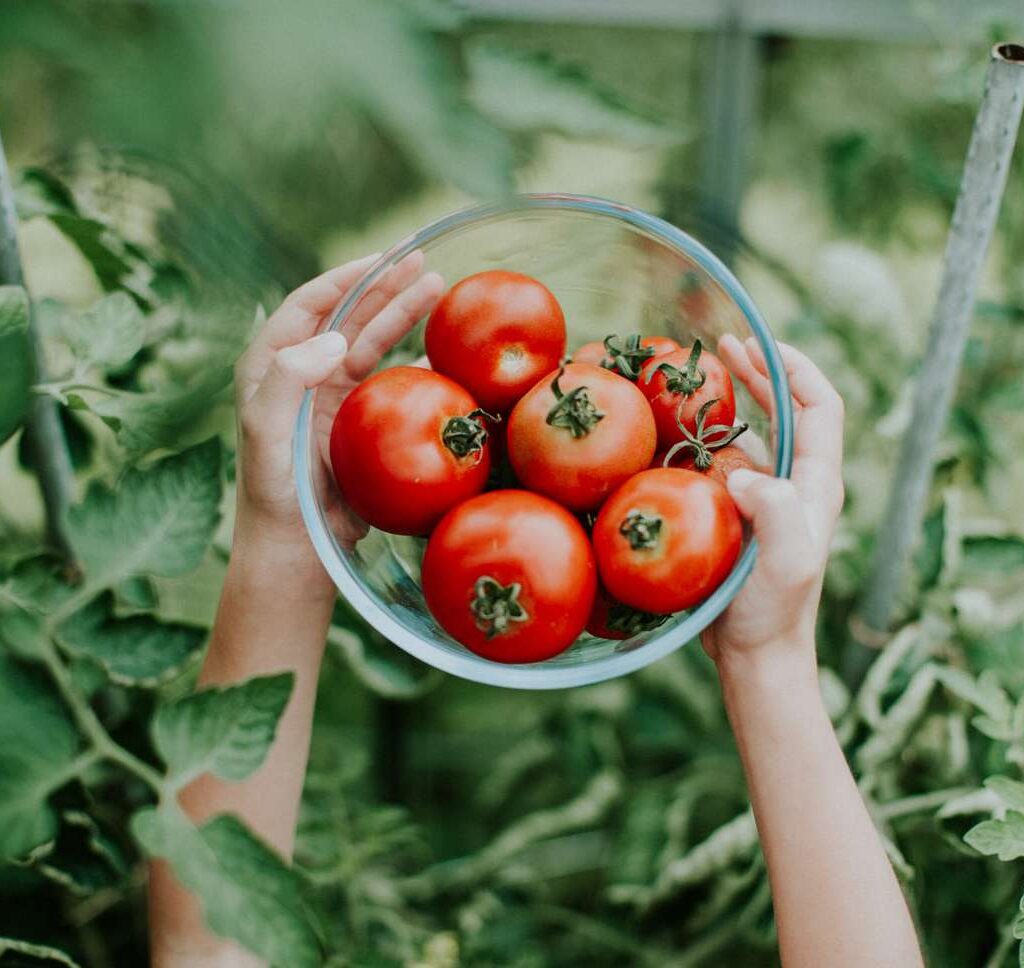
Tools and Materials You’ll Need
Before you get started, gather these simple supplies:
- Stakes (wooden, bamboo, metal, or plastic)
- Soft plant ties (twine, garden tape, cloth strips, or flexible clips)
- Hammer or mallet (for driving stakes into the ground)
- Tomato cages (optional alternative to stakes)
Pro Tip: Avoid using thin wire or harsh string, which can cut into tender stems as the plant grows.
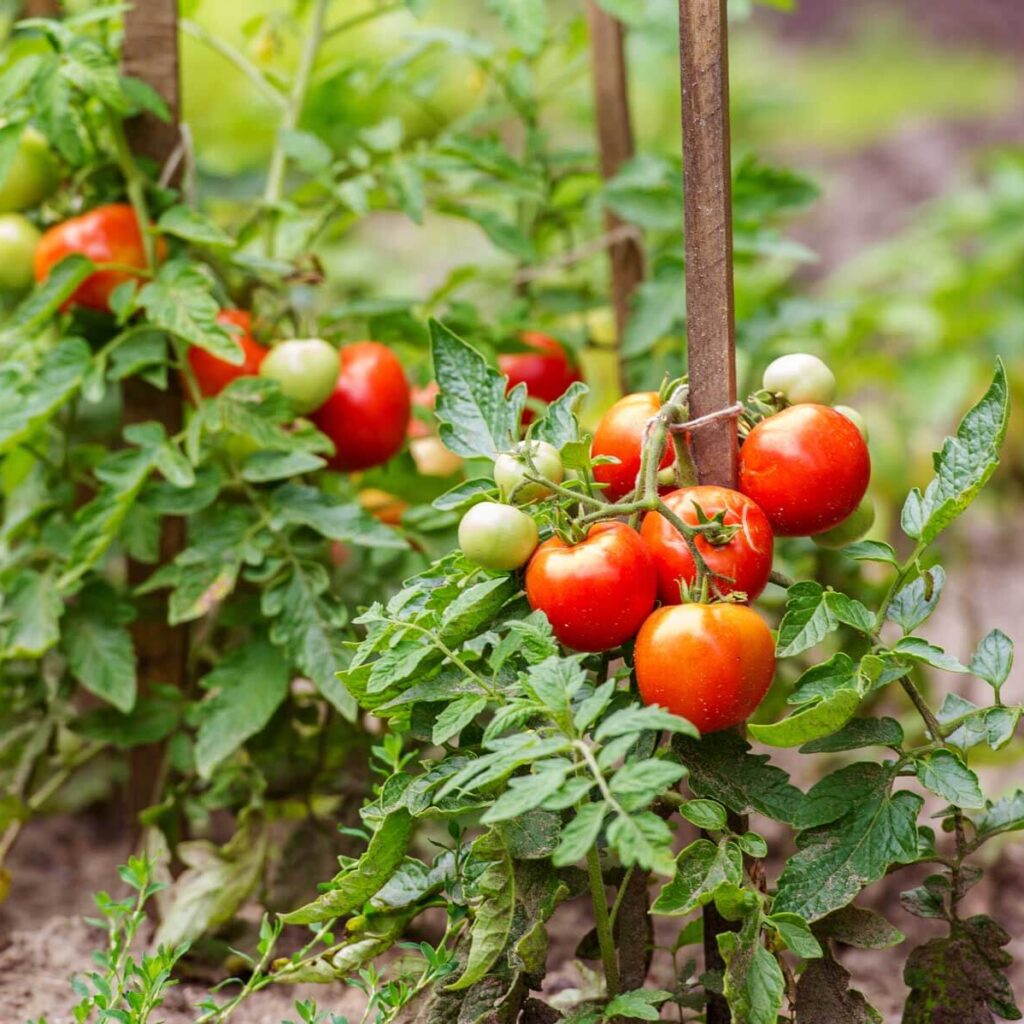
Different Methods for Staking Tomato Plants
There are several popular methods to stake tomato plants. The right one depends on your plant variety, garden space, and personal preference. Let’s break them down:
Single Stake Method
Ideal for indeterminate (vining) tomatoes that grow tall and produce fruit continuously.
How it works:
- Insert a sturdy 5-7 foot stake about 2-3 inches from the plant base.
- Drive the stake at least 12 inches into the soil for stability.
- As the plant grows, use soft ties to loosely secure the main stem to the stake every 8-12 inches.
- Continue tying new growth as needed throughout the season.
Materials: Wooden, bamboo, or metal stakes; soft ties.
Pros:
Affordable
Simple setup
Easy to harvest and prune
Cons:
Requires regular tying
Only supports one plant per stake
Tomato Cage Method
Great for determinate (bush-type) tomatoes or container-grown plants.
How it works:
- Place a sturdy, wide tomato cage around your plant shortly after transplanting.
- Guide branches through cage openings as they grow.
- No tying needed — the plant grows inside the cage.
Materials: Metal or heavy-duty plastic tomato cages.
Pros:
Low maintenance
Supports multiple stems
Good for small spaces
Cons:
Not ideal for tall, indeterminate varieties
Can topple if not secured well
Florida Weave (Stake-and-Weave) Method
Perfect for multiple indeterminate tomato plants in a row.
How it works:
- Drive stakes between every other plant in a row.
- Use garden twine to weave in and out around the plants, securing the twine to each stake.
- Add a new level of twine every 6-10 inches as the plants grow.
Materials: Wooden or metal stakes, garden twine.
Pros:
Supports multiple plants at once
Efficient for large gardens
Good airflow and sunlight exposure
Cons:
Needs periodic weaving as plants grow
Works best for plants planted in straight rows
How to Properly Tie Tomato Plants to Stakes
Tying plants too tightly can damage stems, while loose ties won’t offer enough support. Here’s how to do it right:
- Use soft, flexible ties like cloth strips, garden twine, or Velcro plant tape.
- Tie in a figure-eight pattern: one loop around the stake, one around the stem — leaving a little slack for growth.
- Space ties about 8-12 inches apart along the main stem.
- Avoid tying leaves or fruit clusters, only secure the main stem.
When to Prune and Stake Tomato Plants
To maintain a tidy, productive tomato plant:
- Prune suckers — small shoots growing between the main stem and leaf branches. Removing these helps focus energy on fruit production.
- Stake or secure new growth every 7-10 days during the peak growing season.
- Regularly check for loose or tight ties and adjust as needed.
Watering and Fertilizing Staked Tomatoes
Staked tomatoes dry out faster because their foliage is more exposed. To keep plants healthy:
- Water deeply and consistently — about 1-2 inches per week.
- Mulch around the base to retain soil moisture and suppress weeds.
- Feed with a balanced tomato fertilizer (low in nitrogen, higher in phosphorus and potassium) every 2-4 weeks.
Pest and Disease Prevention
Staking helps reduce common tomato problems, but stay vigilant:
- Check leaves regularly for signs of pests like aphids, hornworms, and whiteflies.
- Remove yellowing or damaged leaves to improve air circulation.
- Use organic insecticidal soap or neem oil as needed.
Harvesting Juicy Tomatoes with Ease
One of the biggest perks of staking tomatoes is how easy it makes harvesting:
- Pick tomatoes when they’re fully colored and slightly soft to the touch.
- Avoid pulling — gently twist or snip fruits from the vine.
- Regular harvesting encourages more fruit production.
Final Thoughts
Learning how to stake tomato plants is one of the simplest yet most impactful ways to improve your homegrown harvest. Whether you choose a classic single-stake, a sturdy cage, or a practical Florida weave, your tomatoes will grow stronger, healthier, and bear more abundant, flavorful fruits.
By giving your tomato plants proper support, you’re not only making your garden tidier — you’re setting yourself up for success with a bounty of fresh, sun-kissed tomatoes that’ll taste like pure summer in every bite.

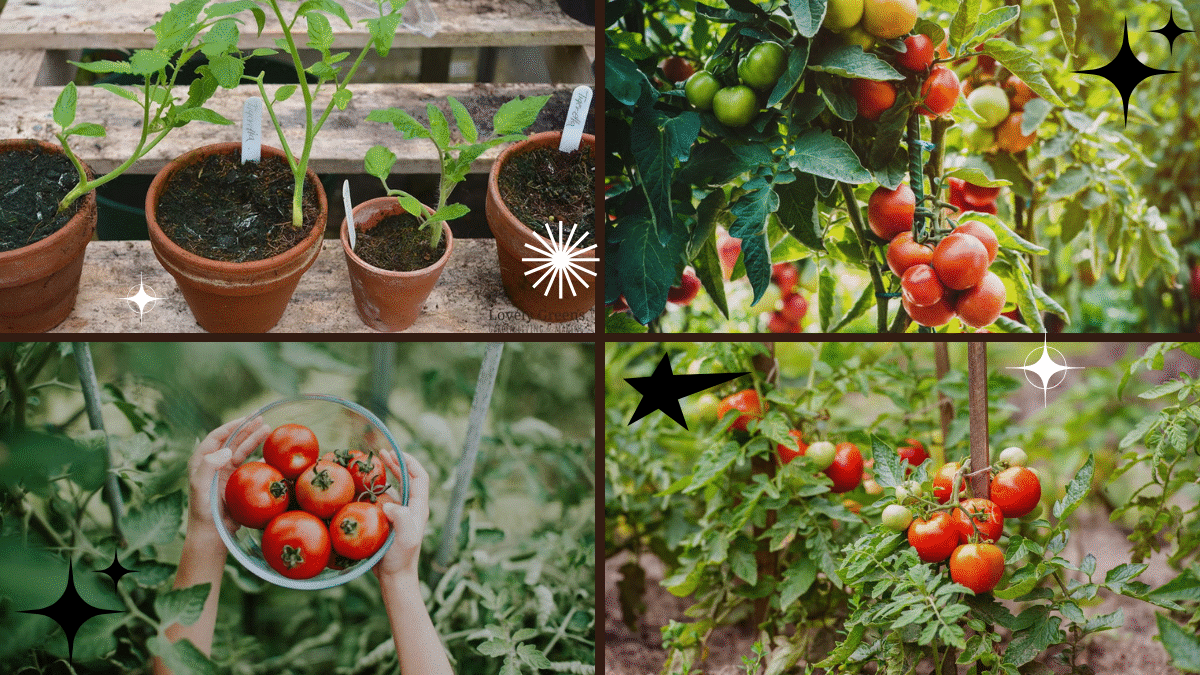



Leave A Comment